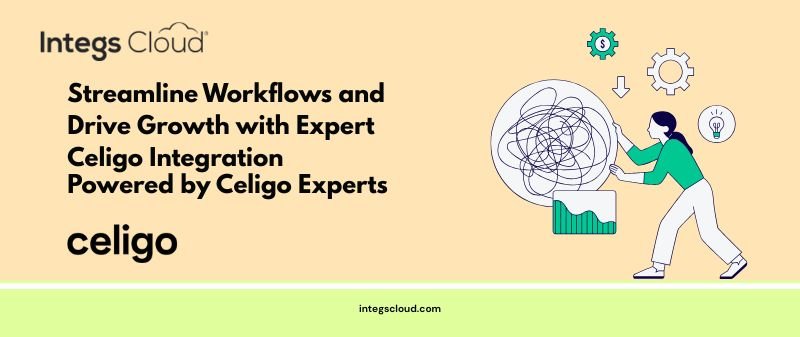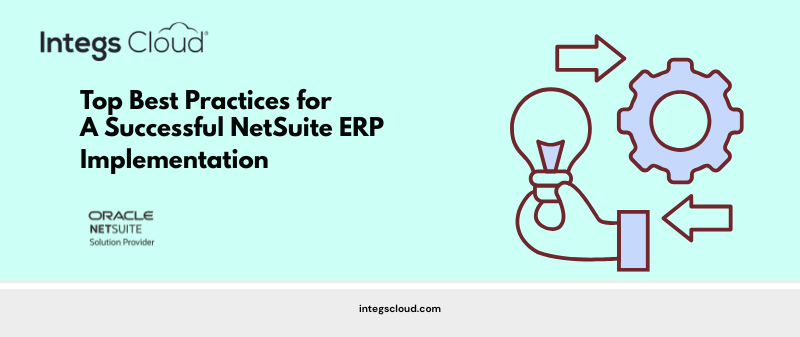Organizations across industries are increasingly turning to low-code platforms to accelerate digital transformation. Zoho Creator has become a preferred choice because it allows businesses to design and deploy custom applications quickly, with less dependency on IT resources. It combines drag-and-drop tools, workflow automation, and integration capabilities that make it practical for streamlining operations.
That said, simply building an app in Zoho Creator is not enough. Applications that are developed without clear planning or governance often become difficult to maintain, inefficient, or insecure. Following best practices ensures your Zoho Creator apps deliver measurable results and remain scalable in the long term.
Why Best Practices Matter
A business app is only as effective as the strategy behind it. When developed thoughtfully, Zoho Creator applications can:
- Improve operational efficiency by automating manual processes
- Provide stronger security and compliance through role-based access and audit trails
- Scale easily as business requirements grow
- Deliver real-time visibility into operations through analytics and dashboards
The following best practices will help organizations maximize their investment in Zoho Creator.
1. Thorough Planning and Requirement Analysis
Before jumping into app development, clearly define the purpose and scope of your application. Consult stakeholders to identify pain points, map current processes, and document the required features. Properly outlining your data model, including fields, relationships, and data types, will streamline future customization and prevent technical debt.
- Break business processes into manageable components.
- Use flow diagrams to visualize and optimize workflows.
- Document the application structure for easier collaboration and modifications.
2. Leverage Built-In Features and Workflow Automation
Zoho Creator offers an array of drag-and-drop tools, form builders, and workflow automation features designed to reduce manual error and boost productivity. Automate repetitive tasks, configure rule-based approvals, and trigger notifications across processes. The platform’s Deluge scripting language unlocks further customization for tailored business logic, while AI capabilities enable powerful data analysis and automation.
- Utilize built-in workflow builder for automating approvals, notifications, and data processing.
- Start with Zoho’s extensive library of sample scripts—no coding expertise required.
- Exploit reporting and dashboard tools for real-time visibility.
3. Ensure Robust Security and Data Privacy
Protecting sensitive information is paramount. Zoho Creator delivers strong data protection, but it’s essential to proactively manage permissions, encrypt personally identifiable information (PII), and mask or restrict access where necessary. Regular audits add another safeguard.
- Assign user roles and limit permissions to only what is necessary.
- Encrypt sensitive fields and mask data in reports.
- Remove inactive users and deactivate unused public forms.
- Clearly communicate the purpose for data collection to users through help texts and consent boxes.
4. Adopt Modular and Maintainable Design Principles
A scalable application is easy to maintain, extend, and troubleshoot. Keep your code modular; design reusable functions, and assign meaningful names to all components—forms, fields, reports, and workflows. Use lookup fields to avoid redundant data and modularize workflows to make updates seamless.
- Avoid heavy script nesting.
- Remove unused components and code.
- Maintain a clean and well-documented codebase with version control.
5. Test Rigorously and Iterate from User Feedback
Testing is non-negotiable. Develop a test version and validate on different devices and usage scenarios. Engage potential users for feedback, address usability issues, and foster a culture of continuous improvement.
- Conduct user training and prepare guides for new releases.
- Test error handling, performance, and edge cases before deployment.
- Respond to feedback rapidly through regular updates.
6. Optimize Integration and Connectivity
Zoho Creator integrates seamlessly with Zoho CRM, Analytics, and over 950 third-party applications. Use APIs, built-in connectors, and tools like Zoho Flow to automate cross-app processes and eliminate data silos.
- Plan data structures and test integrations prior to go-live.
- Automate workflows across your organizational tool stack (e.g., Slack, QuickBooks).
- Enable real-time data flow to maximize operational efficiency.
7. Regularly Monitor, Analyze, and Update Workflows
Post-deployment, track key performance indicators such as task completion rate, bottlenecks, and turnaround time. Use Zoho’s reporting and analytics to identify areas for improvement and proactively evolve your apps for changing business needs.
- Schedule regular app backups.
- Use Audit Trail to track changes and maintain compliance.
- Archive large datasets to keep apps speedy and responsive.
Business Impact of Following Best Practices
Organizations that implement Zoho Creator with a disciplined approach consistently see stronger outcomes compared to those who build ad hoc solutions. The benefits go beyond just efficiency; they directly influence long-term scalability and business resilience.
- Faster application deployment cycles – With proper planning, modular design, and standardized development practices, teams can roll out new applications or enhancements quickly, reducing time-to-value.
- Reduced manual work and fewer process errors – Automation minimizes repetitive data entry and human error, which improves accuracy and frees employees to focus on higher-value tasks.
- Greater adoption by end-users – When applications are intuitive, tested thoroughly, and aligned with real workflows, user adoption rates increase significantly, ensuring the app becomes part of daily operations rather than an unused tool.
- Stronger data security and audit readiness – Following security best practices ensures sensitive data remains protected, while audit trails and role-based permissions make compliance easier to demonstrate.
- Applications that adapt smoothly as the business scales – Apps built with scalability in mind handle larger datasets, more users, and complex workflows without the need for complete redesigns, protecting the organization’s investment in development.
Ultimately, these best practices ensure that Zoho Creator applications evolve into reliable business assets, tools that don’t just solve today’s problems, but continue to deliver value as the organization grows.
Conclusion
Zoho Creator enables businesses to move quickly and build solutions tailored to their needs. But the difference between a short-term fix and a long-term business asset lies in how the platform is used. By focusing on clear requirements, automation, security, scalability, integration, and ongoing optimization, organizations can ensure their Zoho Creator applications deliver lasting value.



